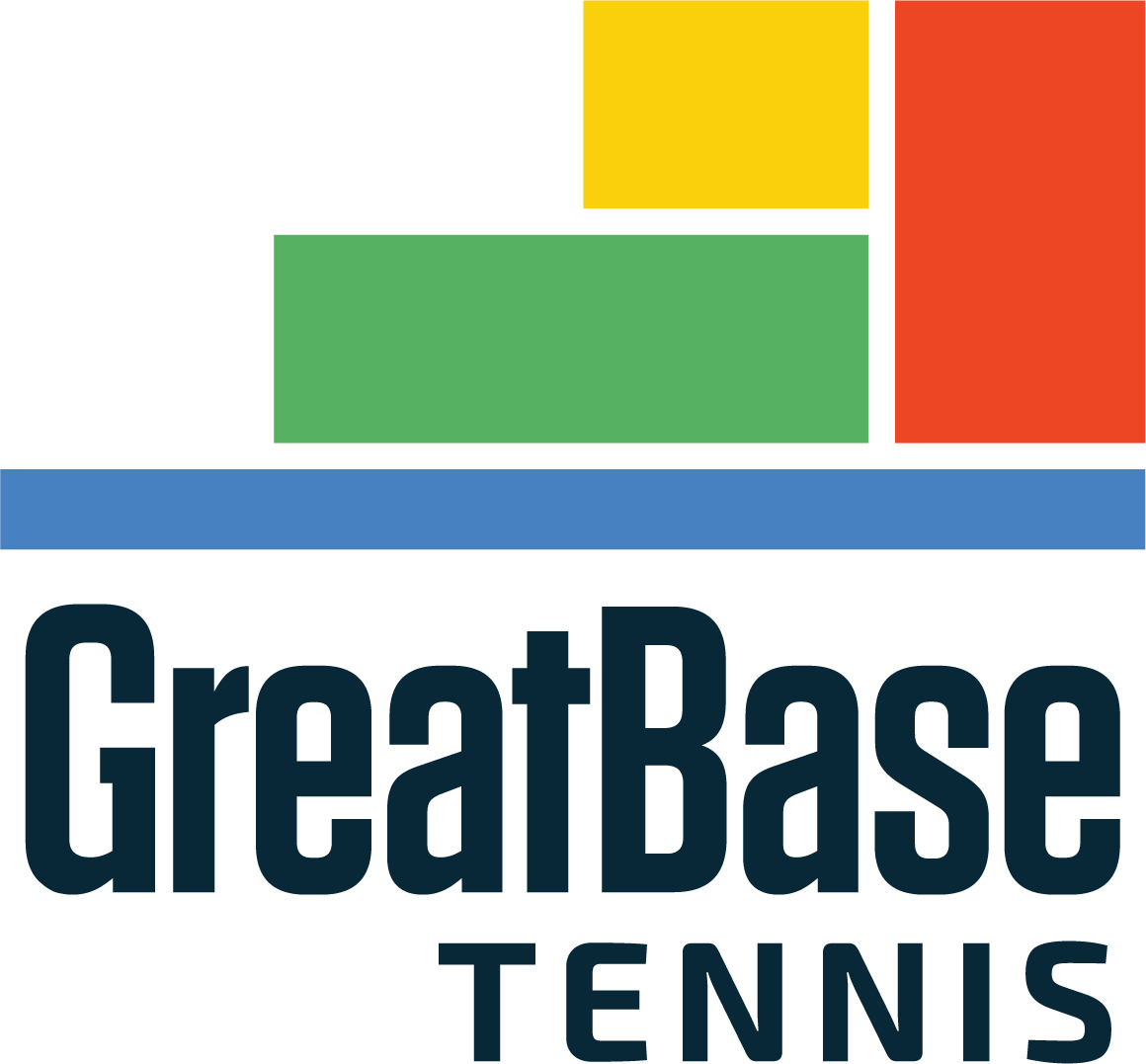Dear Tennis Parents:
Junior players today have no options. It is a safe bet that a kid today has an extreme grip on the forehand, a two-handed backhand hit with two collapsed wrists, and a toss that is way back behind an arched back. Volleys are non-existent and a conventional approach volley is totally extinct.
Almost every kid plays the same-a slugfest from the baseline. As Vic Braden says, “If you play someone who is better from the baseline than you, you should just mail in the scores.” Why show up if you have no capabilities to adjust your tactics? And yes, your tactical options are based on your technical skills.
In the last official match Pete Sampras played, he came to the net 104 times in four sets. Kids today do not come in 104 times in four months.
Martina Navratilova won Wimbledon nine times, and since she retired, 1 bet you can’t name nine players who are serve-and-volleyers.
Why? Because at all levels the majority of players, parents and pros are totally confused. Yes, winning in tennis is confusing. If a kid is playing one-up, oneback doubles as a freshman in high school, what do you think they will be playing as a sophomore, or junior or senior? Of course, they will continue to go with what works. Unfortunately it will only work at the level they are currently playing.
You only learn from making mistakes, so let your kid make the right mistakes. They need to play principled tennis and go to the net. Sure, little kids will lose points at the net; they do not have the reach and as a result get passed and lobbed quite easily.
But they need to work on principles. For example, if the ball is short, move in and go to the net off an approach shot. Give the opponent less space. Know the stats. If your kid wins two out of three, they are dominating. And they’re building for the future.
Develop Offensive Skills
Parents, watch the drills your kids are doing. If the drills are all action-packed and “game-based;’ beware. The more tun the drill, often the less effective it is. If your child spends a good portion of practice working on aspects of their game they do not use in match play, it is probably a good thing. Wouldn’t it be terrible to play in the 12th grade the same they played in the sixth grade?
Many college teams have players who are stuck playing at the bottom of their team’s line-up. There is a good chance that some of those kids were the best “little kid” players in their respective countries. But “little kid” tennis and “big kid” tennis are two different things.
Make sure your child is developing offensive all-court skills. College dual matches start with doubles and that means having the “know how” to serve and volley. Get your child to work on his serve and volley today, even if he or she is 9 years old. This will be one of the many bonuses of the QuickStart Tennis format, where kids 10 and under are playing a big game on a little court with age-appropriate equipment. Great tennis teachers have had their kids play mini-tennis for years.
The tennis clones today have an extreme grip on the forehand side. They hate low balls. But they are safe because the player that is approaching to their forehand cannot keep the ball low, since they also have the same extreme grip and do not volley either. It is trajectory that keeps the ball low. But the player with the extreme grip typically just hits high arcing groundies; good enough to win in the early age groups.
The most prestigious tournament is Wimbledon. It’s played on grass and demands that players have an aggressive all-court game. How can kids dream of playing big time if they do not have big-time skills? Right now, they are clones, only playing a defensive, one-dimensional game. And the coach that allows this is a down.
You have to love Rafael Nadal. He is changing before our eyes. Watch his stats on the grass. The world’s premier clay-court player is coming to net more and more on grass.
Your Child Should Be Versatile
Your child’s coach should not allow their young players to play a limited number of patterns. If your kid plays six matches on the weekend and wins the tournament, yet doesn’t hit at least six overheads, don’t be satisfied. The overhead indicates that the player is controlling the point. That’s what your child needs to develop.
We all know the kid can hit overheads in practice when the coach finally gets around to getting the kids off the baseline. But because they do not go to the net in match play, when they finally get an overhead in a match, there’s a good chance they will miss.
But don’t just watch your kid, look at the kids in your section. I have often asked top 18-year-olds to name the kids in their section who occasionally serve and volley. They can at best name one or two. You can go to a high-level national tournament and be hard-pressed to find even a couple of kids who are able to play different patterns.
You would think that if a kid were up 40-love, they would realize that the math is on their side to take a risk. Move in. Serve and volley-at least once a match. Add an option to your game. Tennis is an art form. And yes, many skills are becoming a lost art.
Do you know someone who needs to read this?
Share this post with them now.

